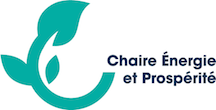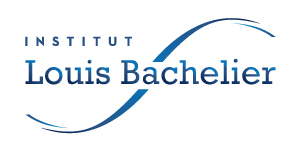Pioneer investigations of the economic consequences of ethnic diversity – a ubiquitous feature of African societies – found a strong and negative correlation. The...
This dissertation offers a transdisciplinary modeling approach to feed the debates raised by the long-run availability of mineral materials. It investigates the plausibility of a depletion threat posed to key metal resources within the current century.
We develop an open-source Python software integrating flexibility needs from Variable Renewable Energies (VREs) in the development of regional energy mixes. It provides a flexible and extensible tool to researchers/engineers, and for education/outreach.
The dynamics of copper production is modeled with a prey–predator approach linking the evolution of reserves to that of industrial wealth.
This paper analyses the drivers of French transport CO2 emissions over the period 1960-2017. A decomposition analysis is used to evaluate the relative contribution of five key drivers of passenger and freight transports emissions: transport demand, modal shift, vehicle load factor, energy efficiency and carbon intensity of the energy.
This paper aims to review the growing, though limited, body of literature that has emerged in the late 2000s to study the quantitative determinants of RE development at a country level.
Article published in Climatic Change (2019) The finance sector’s response to pressures around climate change has emphasized disclosure, notably through the recommendations of the...
the primary motivation for this dissertation is to explore the concepts of social capital, relational capabilities, subjective well-being and development, and especially the linkages between them.
The development of new technologies to address the challenges of decarbonized mobility in cities, such as hybrid, battery or fuel cell technologies, suffer from...
Implementation of big innovative projects is often subject to big financing problems. On the one hand, the possibly profitable project can require an outstanding...
Découvrez en ligne la dernière newsletter et inscrivez vous pour recevoir la prochaine


